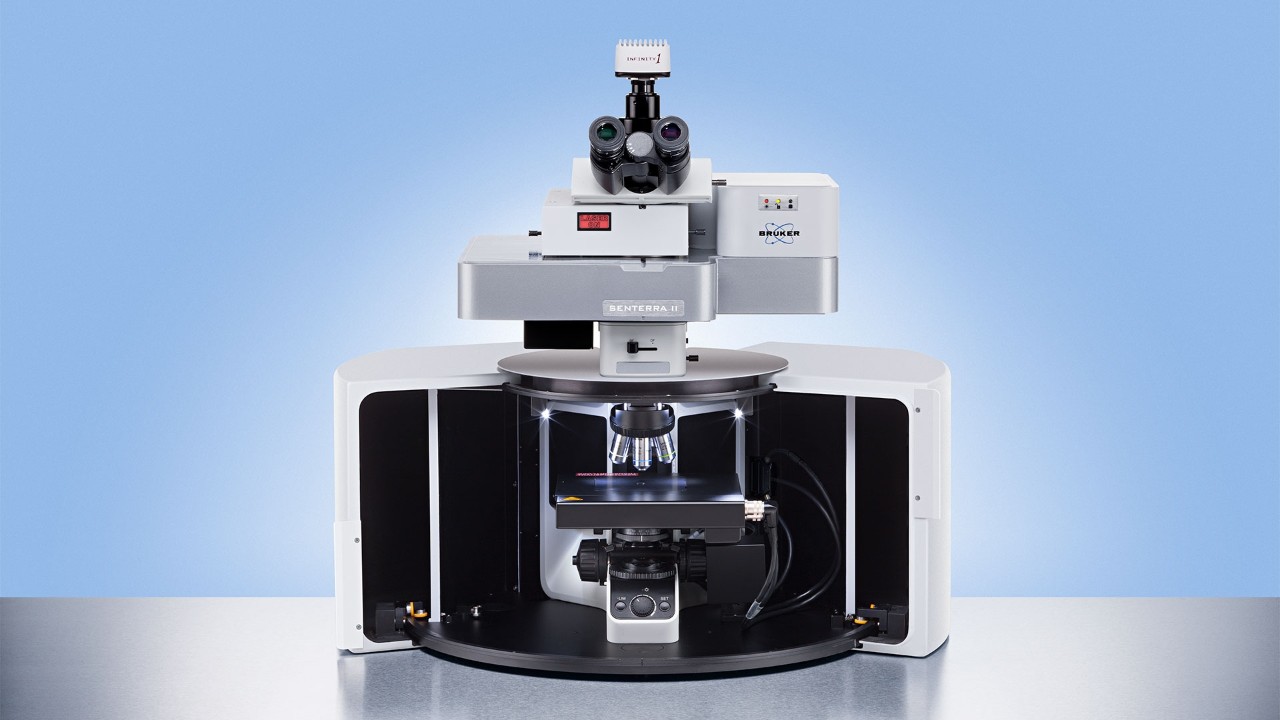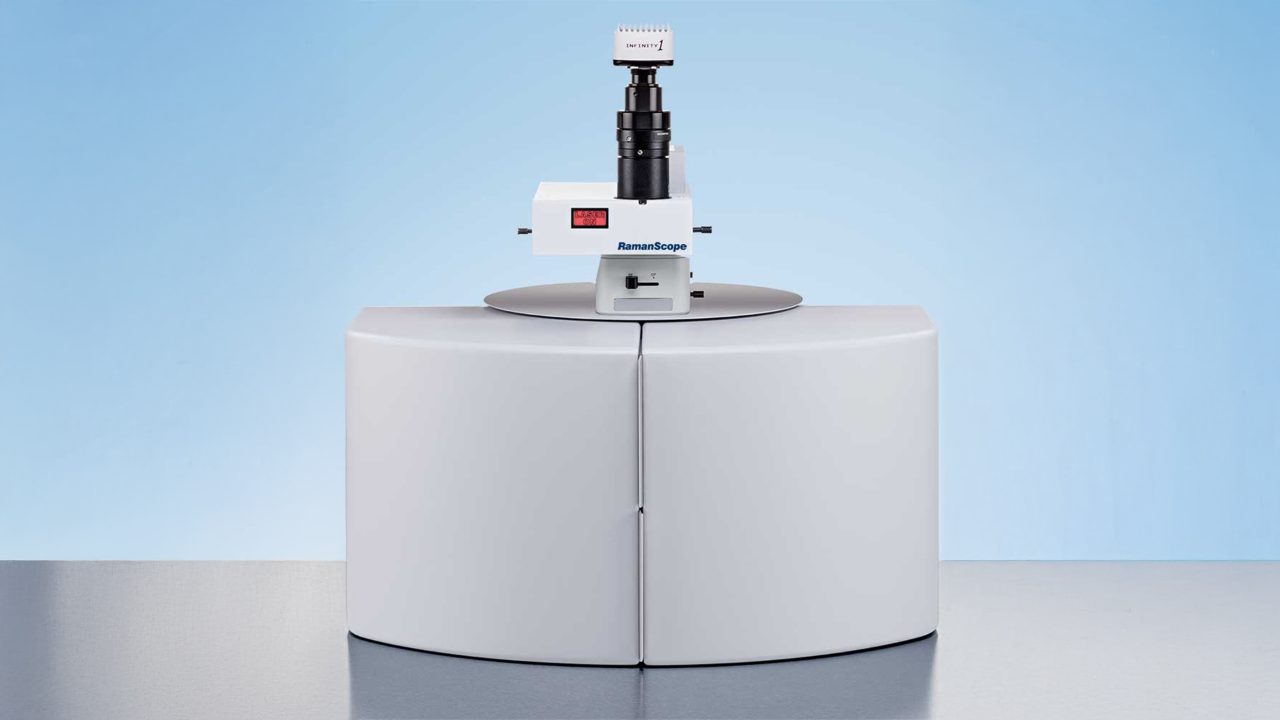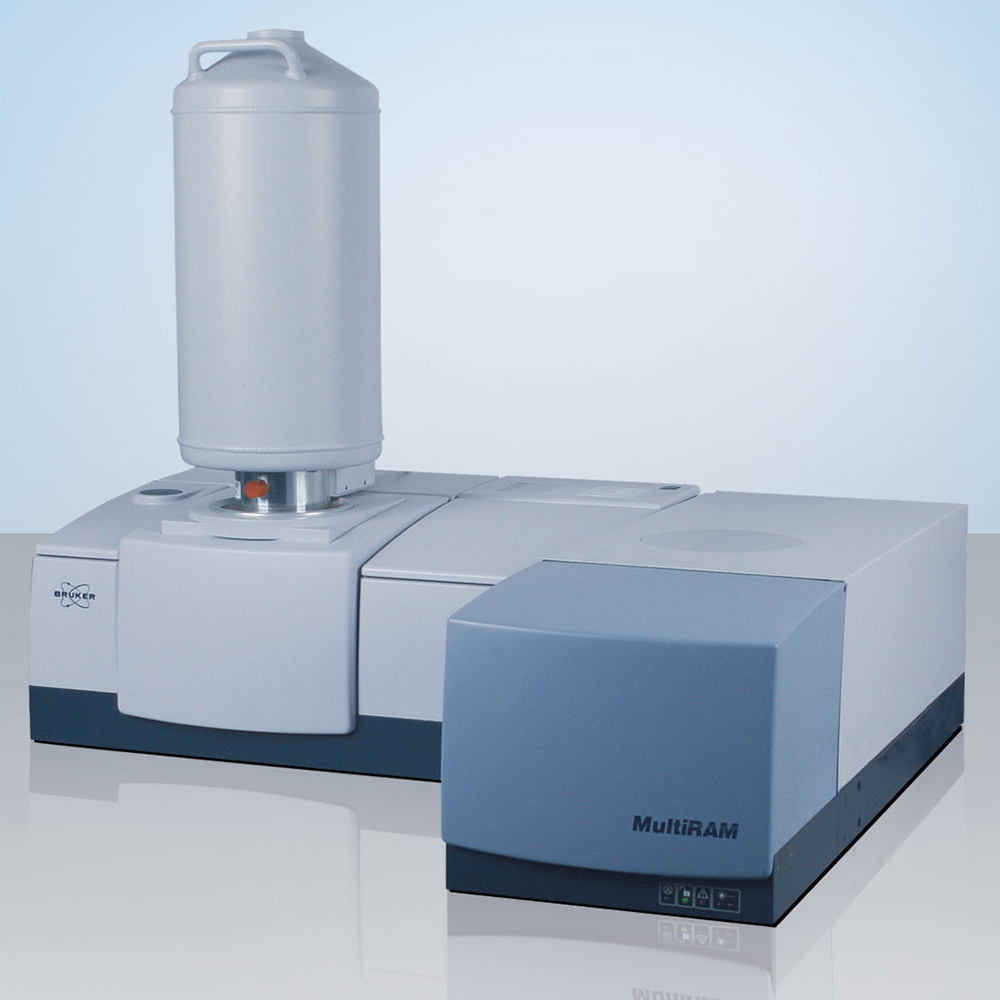Advanced Raman Techniques
Improving Raman Spectroscopy
There are numerous variations of Raman spectroscopy, some which involve slightly different sample preparation and some that require entirely new spectrometers. These variations and alternative Raman techniques allow Raman spectroscopy to analyze a wider range of samples. These alternative techniques typically address different limitations of Raman spectroscopy.
Methods like Surface Enhances Raman Spectroscopy (SERS) and Tip Enhances Raman Spectroscopy (TERS) are designed to increase the sensitivity of Raman spectroscopy, while FT-Raman is designed to prevent fluorescence during a Raman experiment. These alternative techniques not only overcome the limitations of Raman spectroscopy but even allow it to surpass the capabilities of traditional Raman spectroscopy in some applications.
Increasing the Raman Signal
There are several techniques that are designed to increase the sensitivity of Raman spectroscopy. Some of these require special set ups or modifications to a Raman spectrometer, making them more complicated to perform. However, some only require slightly different sample preparation to benefit from stronger signal strength. By increasing the strength of the Raman signal through these techniques, smaller species can be examined, like single strands of DNA and even individual molecules.
Surface Enhanced Raman Spectroscopy (SERS)
Surface Enhances Raman Spectroscopy is one of the most popular Raman techniques since it is easy to perform and requires only slightly different sample preparation. SERS is performed by placing the sample on a glass surface that contains nanoparticles typically made of silver, gold, or aluminum.
The optimal nanoparticles, their size, and the thickness of the surface are unique to each sample, so some experimentation is required to find the right setup. However, once the ideal surface is created for the experiment, the strength of the Raman signal can be increased by up to 1010.
Instead of using metal nanoparticles, the same effect can be accomplished with a thin layer of graphene. This technique is called Graphene Enhances Raman Spectroscopy (GERS). Just as with SERS, GERS can hugely increase the strength of the Raman signal.
Tip Enhanced Raman Spectroscopy (TERS)
Another Raman technique is Tip Enhanced Raman Spectroscopy (TERS). This technique uses a probe with a very small tip (10-50 nm) to scan the surface of the sample. This creates a very strong Raman signal that is localized near the tip of the probe.
This allows samples to be analyzed with incredible detail, making this technique extremely useful for analyzing biological molecules or even visualizing individual atoms on a sample’s surface. However, this technique requires modifying the Raman spectrometer, so it is much more difficult to set up. Additionally, it’s not well suited for studying larger samples.
There are many other techniques that can be used with Raman spectroscopy to increase the Raman signal. So depending on the experiment that needs to be performed, it may be worth seeking out some of these options.
FT-Raman: The ultimate way to prevent Fluorescence
Fluorescence is the enemy of the Raman spectrum, so it’s important to avoid fluorescence when performing Raman spectroscopy. To do this, the wavelength of the laser can be increased. In typical Raman spectroscopy, a 785 nm laser is used if a sample is fluorescing, however sometimes this wavelength is still not long enough to avoid all traces of fluorescence.
To ensure the sample does not fluoresce, a 1064 nm near infrared laser can be used. However, using this laser creates an additional challenge. A typical Raman spectrometer uses a diffraction grating to disperse light across a CCD detector. However, the CCD works best for detecting light with shorter wavelengths. The CCD detector is just not sensitive enough to detect the light produced while using a 1064 nm laser.
This means the Raman spectrometer must be modified to be used with a 1064 nm laser. After the light interacts with the sample, it is sent to an interferometer instead of a diffraction grating. Interferometers are made of a series of moveable mirrors which cause the light to interact with itself. These interactions allow the light to be rapidly detected by a liquid nitrogen cooled germanium detector.
Using an interferometer produces a different data set compared to dispersing the light with a diffraction grating, so a mathematical operation called the Fourier transform is used to convert the data into the typical Raman spectrum. This new spectrometer set up is called an FT-Raman spectrometer, since the Fourier transform plays a key role in the technique.


